At first glance, swimming is the ultimate introvert exercise. It’s just you, the water, and the clock (or your waterproof digital activity monitor). For most of us, swimming means sharing a lane in a public pool with other people and showering in a shared locker room. This is where the socializing comes in.
When I first started swimming seven years ago, I divided my training sessions between two public pools in Seattle. The Medgar Evers pool is down the hill from my workplace, and I used to go down for a mid-day swim. My current position doesn’t have the flexibility for mid-day swims, so I hit the early morning lap swim at the Meadowbrook pool in my old neighborhood. Since Meadowbrook opens at 5:45 am Monday through Friday, I can get in my 24 or so laps twice a week, shower, and still be in the office by 7:30. This includes spirited locker room discussions of local politics, spouses, children, cats, and travels.
The social aspect of swimming has actually kept me doing the laps. At Medgar Evers, I met a number of retired women who frequented the mid-day water aerobics class. Many of these women had conditions that precluded lap swimming, but they could move to classic Motown tunes in the pool. The early-morning crew at Meadowbrook is mostly a younger, working crowd. Several of my former triathlon teammates are regulars. The highlight of the year is the annual holiday breakfast for the early morning lap swimmers. After swimming, we converge on the Burgermaster at University Village to refill our carb stores and chat. The lifeguards often join us. It’s a chance to get to know our lane-mates better, and celebrate another year of chlorinated water activities and locker room conversations.

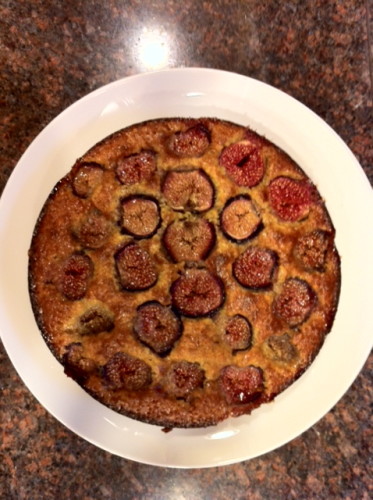
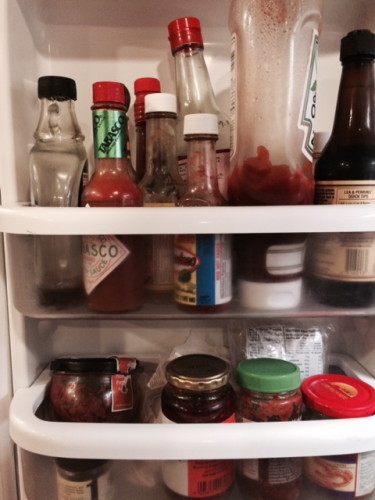

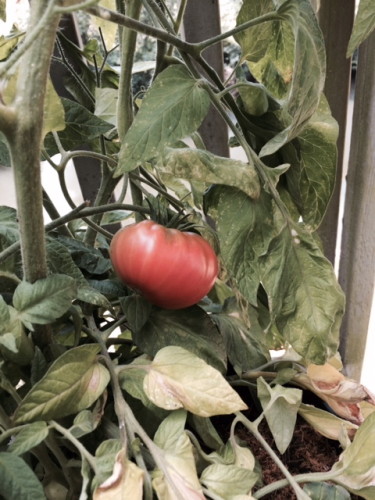
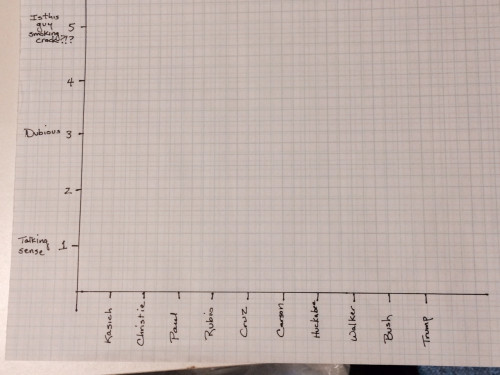
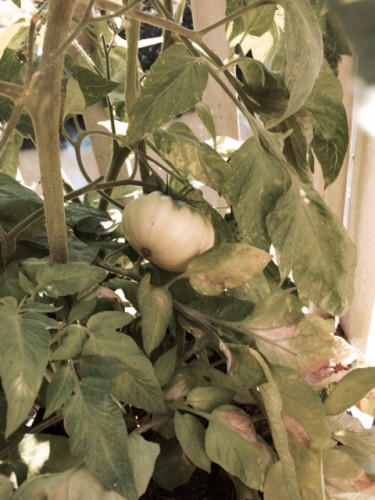
Recent Comments